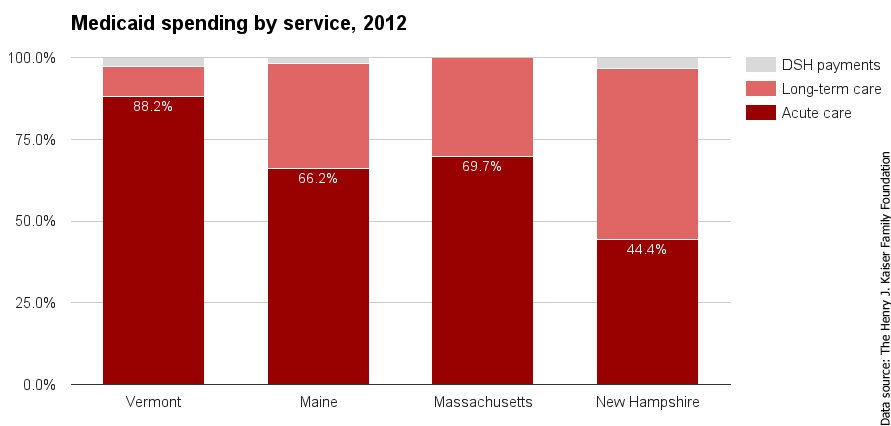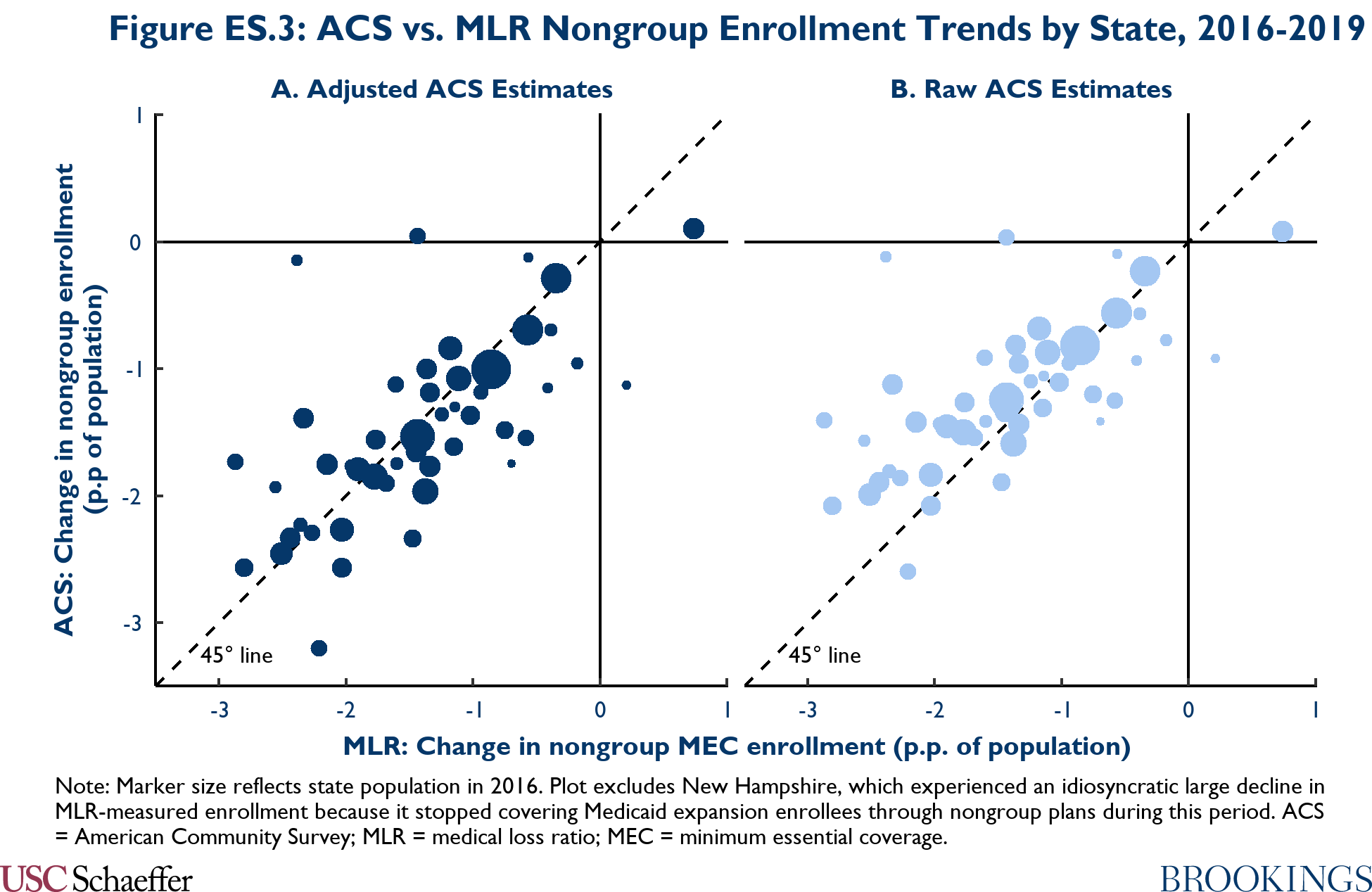
New York has many options when it comes to health insurance. However, it is important that you choose the best plan for your specific needs. If your monthly premiums are low, and you don’t mind paying higher annualdeductibles, you might consider Catastrophic plans. These plans cover 90% of the costs of medical care.
Plans for catastrophic events
Catastrophic health insurance plans are not recommended for those with high medical bills. These plans have lower premiums, but higher out of pocket costs. You can choose a catastrophic plan if you are under thirty years old or qualify for hardship exemptions. But keep in mind that you won't be able to receive premium tax credits on these plans. You should instead shop for plans with a higher metal level. This will give you more value for your money.
Monthly premiums for Catastrophic Plans are the lowest
If you are looking for the lowest monthly premiums for health insurance in the state of New York, you may want to consider a catastrophic plan. These plans cover 100% for covered health care expenses, once you have reached your maximum deductible. This plan is best for those who only have a handful of medical expenses each year, or who don't have the financial means to pay for higher-cost plans.

Catastrophic plans have highest annual deductibles
Catastrophic plans come with high monthly premiums and a high annual deductible. These plans may be the best option for those who need to protect themselves against the worst-case scenario. Bronze plans may offer better value than Silver plans, as they do not include premium tax credits.
Catastrophic policies pay 90% of the cost for care
For those with low incomes (or low monthly premiums), a catastrophic plan for medical insurance is the best option. Although it covers a significant portion of an individual's medical expenses, it pays a lot for emergency care. The best Catastrophic Plans are for those under 25 and those who can qualify for the hardship exemption.
Platinum plans cover 90% the cost of care
A platinum plan could be right for someone who has a lot of health expenses each year. There will be a $500 deductible that you must pay before your plan kicks in. After that, you'll only pay $20 per office visit. This means that your total out of pocket expenses could reach several thousand. Although this is quite a sum, you are only paying 10% of what it costs to provide care. If you're considering purchasing a platinum plan, here are some things to consider:
Silver plans pay 80% off the care cost
Silver plans cover 80% on covered services. These plans may be offered by either individual health insurance providers or state-based marketplaces. To qualify for the individual market these plans must meet specific criteria. These include the requirement to meet the plan's estimated actuarial worth. Standard silver plans have a deductible of $7.150 per year and a 30% coinsurance. There is also a $70 copayment for doctor visits. This plan is open to anyone with a income below the federal poverty threshold.

Bronze plans cover 80% the cost for care
Bronze plans are the most affordable and pay 80% of a person’s health care costs. They are available throughout the country and can vary depending upon where you live. Some plans offer expanded benefits, while others don't. People enrolling in these plans are choosing them for the cost-effectiveness and overall coverage. Bronze plans will usually make it clear if certain services are covered by a copay before the deductible.